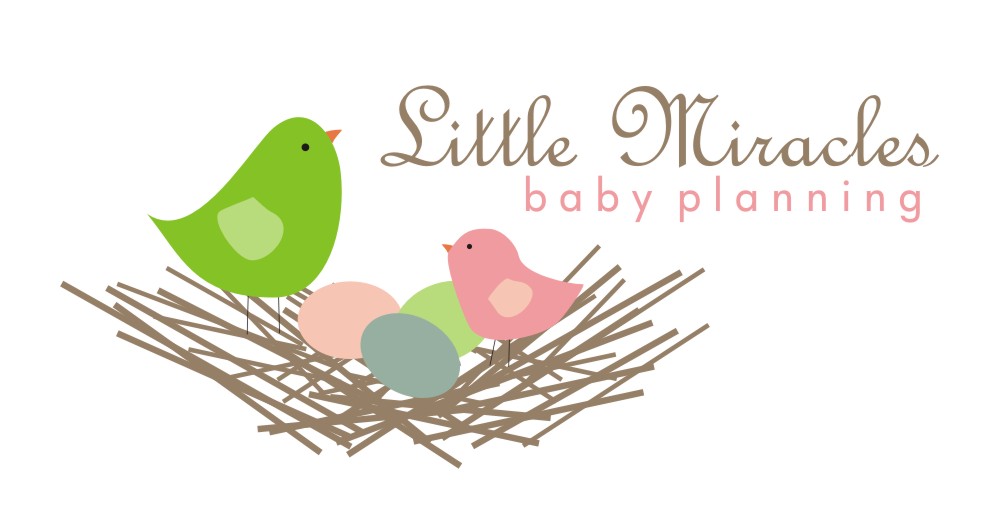A yummy homemade snack for little ones!

If you follow weelicious on Twitter or Facebook, you may have read about my recent fruit leather obsession. My kids love fruit roll-ups and while there are some great brands out there made with just fruit, I know can save a ton of dough making it myself. While I haven’t spent a lot of money trying to figure it out, I have spent a lot of time! As of today, I’ve made 15 (yes, fifteen!!!!) batches of strawberry leather in an effort to perfect the recipe. It’s been a frustrating challenge to say the least, especially when making fruit leather seems so easy in principal. It’s just fruit and heat, right? Yes and no.
Here’s a breakdown of my results:
Batches 1-4: I used juicy strawberries from the farmer’s market, baked them for three hours and the batch turned out perfect and chewy with a deep red color. I couldn’t believe how easy it was and was very busy congratulating myself afterwards. Kenya actually found one of the batches that I hid in the closet to save for his school lunch and ate the entire thing! At least I know he got his vitamin C for the day — I mean, week!
Batches 5-8: So much for being proud of myself. These attempts were total disasters. This time I used organic strawberries from the grocery that were much bigger and less juicy than the ones I bought from the farmer’s market. Sadly, each of these batches burned when I cooked them at different times right around three hours. I was left totally frustrated.
Batches 9-12: Back to perfection using berries from the farmer’s market. I kept the cooking time at three hours for each batch and I finally realized the juicier the berries, the longer they take to cook. You really have to judge the berry you are using before setting your cooking time.
Batches 13 & 14: Back to the organic grocery store berries, but this time I wised up and only baked them for only two hours, which produced one batch that burned a bit on the edges (because I didn’t spread it out totally even) but another turning out perfect.
Knowing that people will have varying results, I asked friends and a bunch of weelicious readers to give the recipe a try. Everyone’s outcomes were slightly different. Here’s what I’ve determined: you have to experiment for yourself with this recipe. Everyone’s berries and ovens are different, so there isn’t one definitive cooking time. My best advice is to spread the mixture as evenly as possible on the baking sheet and keep a close eye on the fruit while it’s cooking. Be prepared for a bit a trial and error and don’t lose your cool. Hopefully when you find your ideal cooking time, you’ll be knocking out batches of your own fruit leather with ease.
Strawberr-Wee Fruit Leather (Makes 8 Long Strips)
3 Cups Strawberries
1 Tbsp Honey
1. Preheat oven to 250 degrees.
2. Remove the stems from the strawberries and rinse.
3. Place the strawberries and honey in a blender and puree until smooth.
4. Pour the mixture on to a parchment paper lined baking sheet and spread with the back of a spoon or spatula in a large rectangle (my rectangle was 11 x 15 inches) making sure that the mixture is completely even.
5. Bake for 2-3 hours (or until it’s dry and not sticky to the touch). Remember, cooking times will vary depending on how thick you spread your mixture and how much water (juice) is naturally in the fruit. *Every oven is different, so the cooking time maybe less then 2 hours if your oven tends to be hot.
6. Allow to sit and cool at room temperature. It takes several hours for the fruit to soften up (when you first take the leather out of the oven the edges will be a bit dry and crispy, but if you allow it to sit overnight it softens up nicely).
7. Cut with a knife or pizza cutter into strips or use scissors, keeping the paper on, and then roll the leather into “roll ups”.
8. Serve.

.png)













